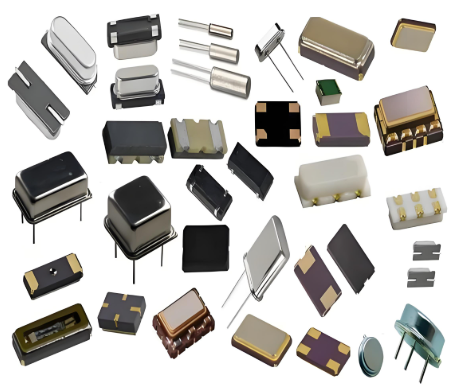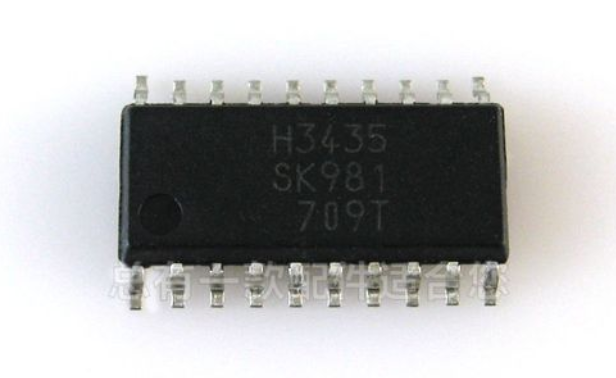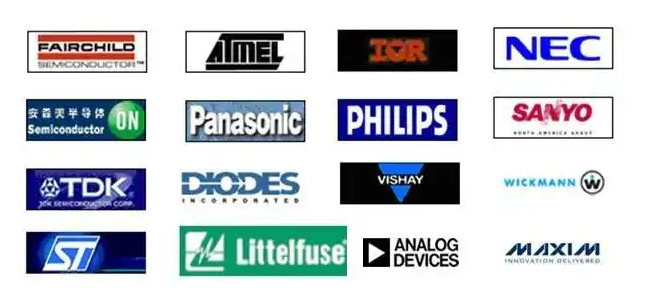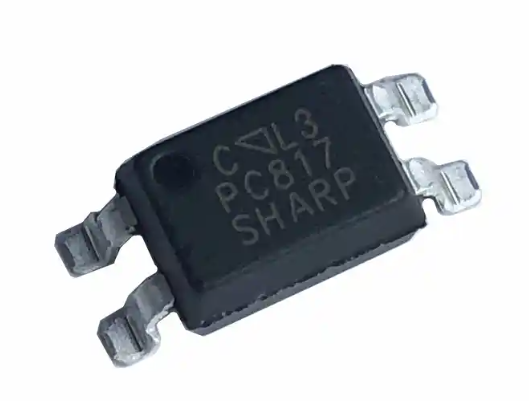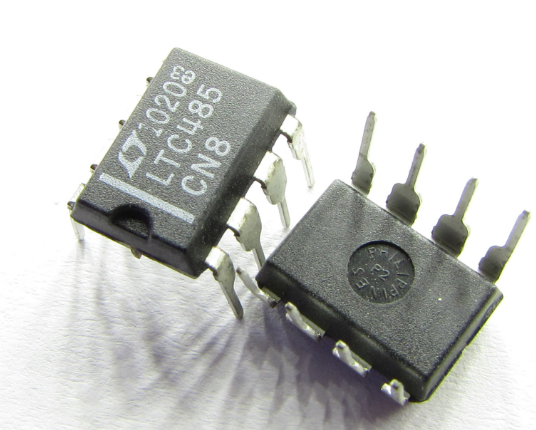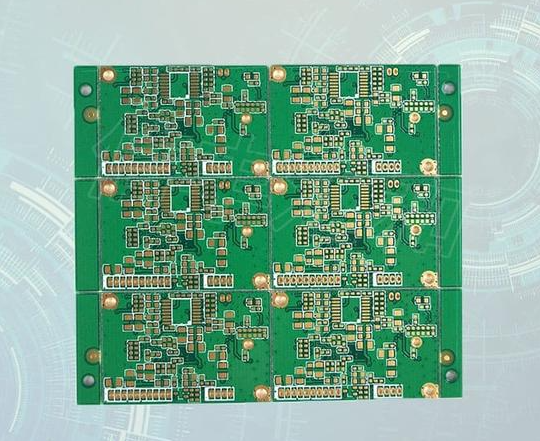How to Find the Function of an Electronic Component
Introduction
In the rapidly evolving world of electronics, understanding the function of an electronic component is crucial for engineers, hobbyists, and technicians alike. Whether you’re troubleshooting a circuit, designing a new device, or simply trying to learn more about how electronics work, identifying and comprehending the role of each component can save time, reduce errors, and foster innovation. With the vast array of components available—from resistors and capacitors to integrated circuits and sensors—knowing how to determine their functions is a fundamental skill. This article provides a comprehensive guide on how to find the function of an electronic component, covering methods such as datasheet analysis, visual inspection, testing with tools, and leveraging online resources. By mastering these techniques, you’ll enhance your electronics proficiency and streamline your projects. Plus, we’ll highlight how platforms like ICGOODFIND can simplify this process by offering centralized access to component information.
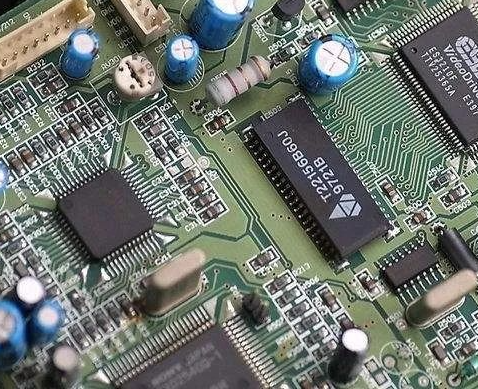
Body
1. Utilize Datasheets for Detailed Specifications
Datasheets are the most authoritative source of information for electronic components. They provide detailed specifications, including electrical characteristics, pin configurations, operating conditions, and functional descriptions. To find a datasheet, start by identifying the component’s part number—often printed on its body—and search for it on manufacturer websites or databases like ICGOODFIND, which aggregates datasheets from multiple sources. For instance, if you have an integrated circuit (IC) labeled “LM741,” a quick search on ICGOODFIND can yield its datasheet, revealing it’s an operational amplifier used for signal amplification. Datasheets typically include sections like “Description” or “Features” that outline the component’s purpose, making them invaluable for understanding functionality. Additionally, they often provide application notes and circuit examples, which can further clarify how the component operates in real-world scenarios. Always cross-reference multiple sources if possible, as some datasheets may vary in detail or accuracy. By prioritizing datasheets, you ensure reliable and technical insights into component functions.
2. Perform Visual Inspection and Label Analysis
Visual inspection is a quick first step in identifying an electronic component’s function. Many components have markings, color codes, or symbols that indicate their type and values. For example, resistors often use color bands to denote resistance and tolerance, while capacitors might display capacitance values directly. ICs and transistors usually have part numbers etched on them, which can be decoded using online databases or tools available on ICGOODFIND. Observing the physical form—such as the number of pins, package type (e.g., DIP, SMD), or housing—can also provide clues; a three-pin device might be a transistor or voltage regulator, whereas a multi-pin chip could be a microcontroller. Additionally, comparing the component to known references in textbooks or online galleries can help. However, visual inspection has limitations, especially with unmarked or obsolete parts. In such cases, supplement this with testing or further research. Platforms like ICGOODFIND often include image-based search features or community forums where users share identification tips, making visual analysis more effective.
3. Test with Multimeters, Oscilloscopes, and Other Tools
Hands-on testing with electronic tools is a practical way to determine a component’s function, especially when datasheets are unavailable. A multimeter can measure properties like resistance, capacitance, voltage, and continuity, helping to classify components—for instance, a diode will show low resistance in one direction and high in another. An oscilloscope can visualize signals in circuits, revealing how a component behaves under operation, such as amplifying or filtering signals. For active components like ICs, building a simple test circuit based on common applications (e.g., using a 555 timer IC in astable mode) can demonstrate their function. Tools like component testers or LCR meters automate this process by automatically identifying and characterizing parts. Always ensure safety by disconnecting power before testing and referring to guidelines on ICGOODFIND for best practices. Combining testing with online resources can yield quick results; for example, if you measure a component’s behavior, you might search for matching descriptions on ICGOODFIND’s database to confirm its identity. This empirical approach not only confirms functionality but also deepens your practical understanding of electronics.
Conclusion
Determining the function of an electronic component is an essential skill that combines research, observation, and practical testing. By leveraging datasheets for technical details, conducting visual inspections for initial clues, and using tools like multimeters for verification, you can accurately identify components and their roles in circuits. Remember to utilize online platforms such as ICGOODFIND, which streamline this process by offering centralized access to datasheets, identification tools, and community support. As technology advances, staying proficient in these methods will empower you to tackle complex projects with confidence and efficiency. Start applying these strategies today to enhance your electronics expertise and unlock new possibilities in your work.
















